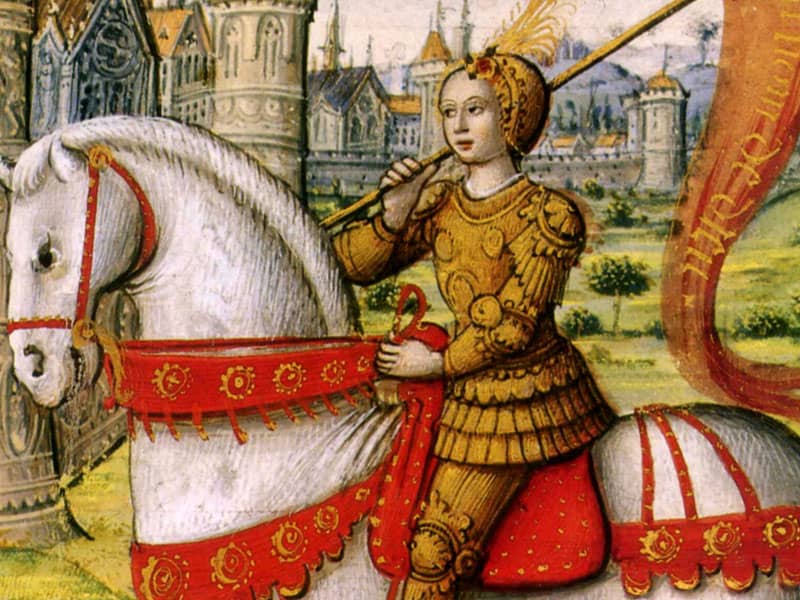Augustine again set out and this time the group crossed the English Channel and landed in the territory of Kent, ruled by King Ethelbert, a pagan married to a Christian. Ethelbert received them kindly, set up a residence for them in Canterbury and within the year, on Pentecost Sunday, 597, was himself baptized. After being consecrated a bishop in France, Augustine returned to Canterbury, where he founded his see. He constructed a church and monastery near where the present cathedral, begun in 1070, now stands. As the faith spread, additional sees were established at London and Rochester.
Work was sometimes slow and Augustine did not always meet with success. Attempts to reconcile the Anglo-Saxon Christians with the original Briton Christians (who had been driven into western England by Anglo-Saxon invaders) ended in dismal failure. Augustine failed to convince the Britons to give up certain Celtic customs at variance with Rome and to forget their bitterness, helping him evangelize their Anglo-Saxon conquerors
Laboring patiently, Augustine wisely heeded the missionary principles—quite enlightened for the times—suggested by Pope Gregory the Great: purify rather than destroy pagan temples and customs; let pagan rites and festivals be taken over into Christian feasts; retain local customs as far as possible. The limited success Augustine achieved in England before his death in 605, a short eight years after he arrived in England, would eventually bear fruit long after in the conversion of England. Truly Augustine of Canterbury can be called the “Apostle of England.”

